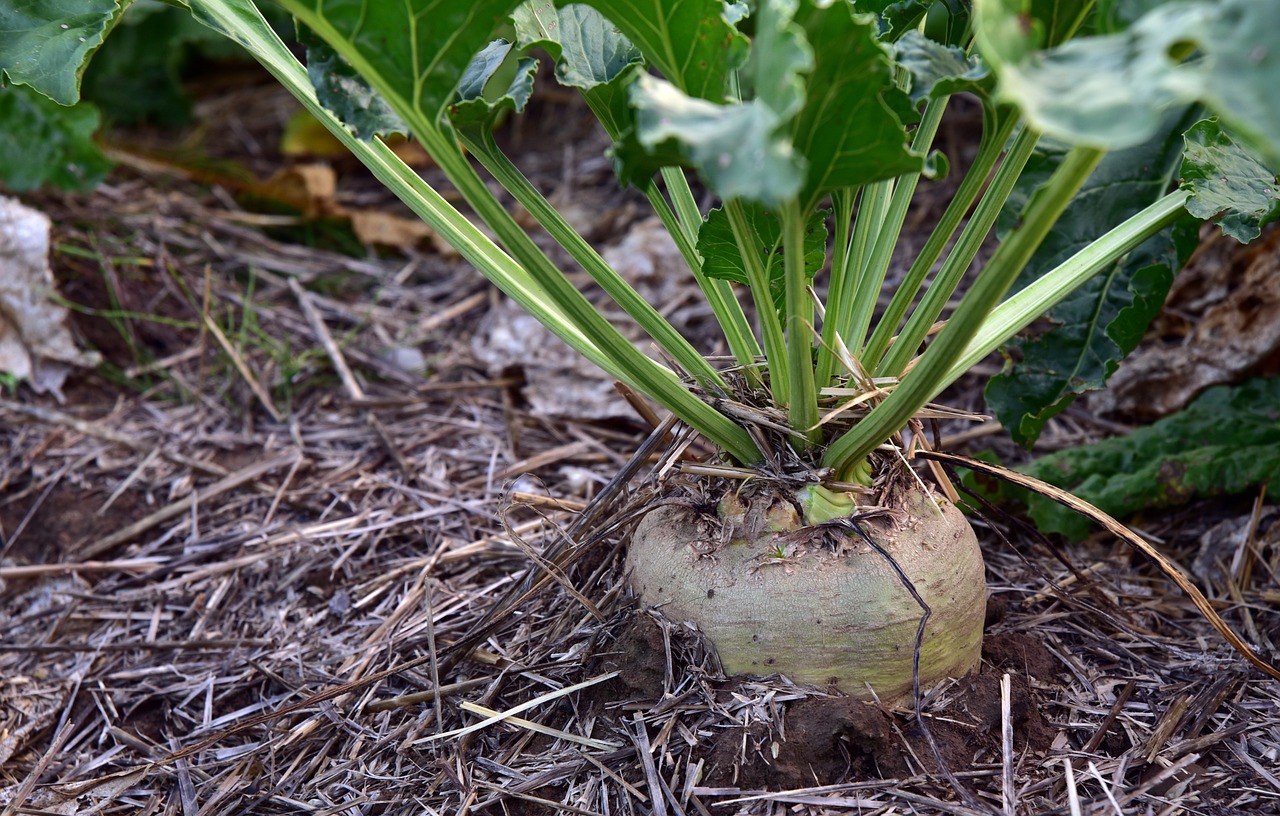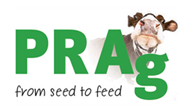Stubble Turnips

As most crops are grazed in situ, a free draining light loam or brash with a pH of 6.5 is ideal.
If stubble turnips are to be sown after grass, a firm, fine seedbed will be required and traditional, plough-based cultivations will be fine. If stubble turnips are drilled following an arable crop, a cereal for example, then tined cultivations, discing or rotovation can often replace the plough. In all cases, it is vital that soil moisture is not lost. Stubble turnips should be sown approximately 12-14 weeks before they are to be utilised. If sown in April, after forage rye, Italian ryegrass or an early spring fallow, turnips are very useful for finishing off spring lambs or feeding other stock. Stubble turnips also fit in well when sown in mid- June after an early hay/silage cut for autumn feeding, but they are now increasingly being used for autumn sowing on cereal stubbles. Autumn sowings in the northern half of the country and on all uplands, should be completed by the end of July. In the south, stubble turnips should be sown by mid-August, with early September the latest date to consider. For crops drilled into broken stubbles, sowing rates will vary from 4-5kg/ha depending on soil conditions and time of drilling. Seed which is broadcast should go in at no less than 6-7kg/ha.
An application of 80kg of nitrogen, 25kg of phosphate and 25kg of potash per ha is usually sufficient for this crop. Certainly, a dressing of between 60-90kg of nitrogen/ha is especially important when the crop is being sown after a cereal. The fertiliser should be worked well into the seedbed. A top dressing of nitrogen, (see page 30) 3-4 weeks after sowing, can boost crop growth.
The stubble turnip crop is an attractive source of very palatable and easy to digest fodder. Both cattle and sheep should be introduced gradually to the crop and between grazings, be able to run-back on grass or have access to grass silage. It is also advisable to have hay or straw on offer prior to each grazing, particularly in the case of dairy
A dairy cow will eat approximately 22kg in a 2-3 hour grazing period and a lowland ewe about half that amount in a day. So an average autumn crop of 40 tonnes/ha (after allowing for wastage) should provide one day of grazing for 500 cows or 1000 ewes. With beef animals, an intake of 25 kg/head/day should give liveweight gains in the region of 0.5 to 0.75 kg/head. As a precaution against taint, dairy cows should be fed stubble turnips immediately after milking – and remove them from the crop at least three hours before the next milking. Cattle should strip graze the crop behind an electric fence to reduce wastage. With sheep, good quality netting can be used to achieve the same aim.
Sowing period (1) May to June (2) July to August
Direct drill 4-5kg/ha (2kg/ acre),
Natural seed Broadcast 5-6kg/ha (3kg/ acre),
Please call the office on 01437 781780 for further advice and to purchase the right variety of stibble turnip for you.
